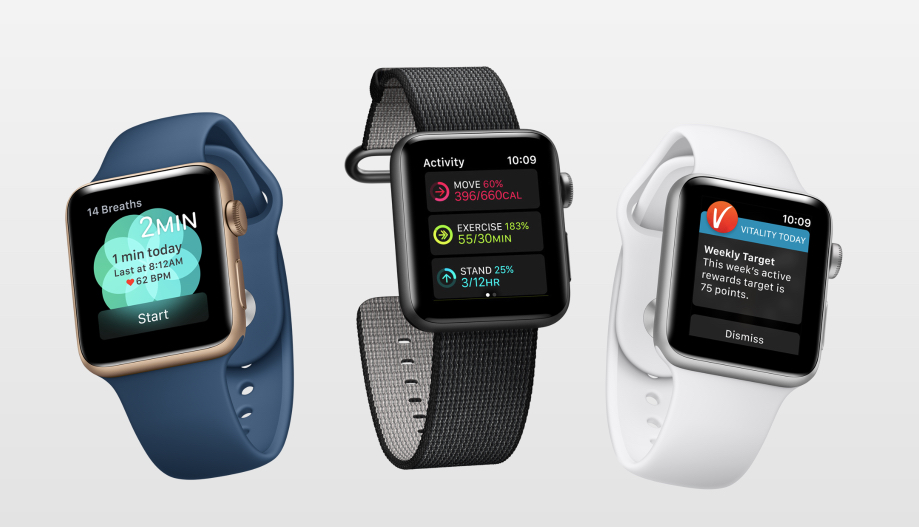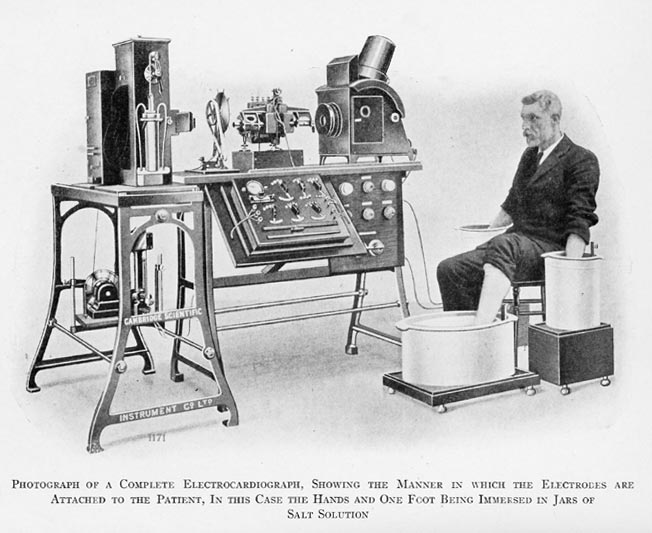
After a rather slow start the Apple Watch is now moving into the mainstream. Traditional watch makers are undoubtedly feeling the pinch, but it is not the Swiss luxury brands that are mainly affected; it is more the middle market, such as Fossil, which this week announced a dramatic fall in profits, presumably as a result of competition from smart watches.
The Apple Watch is just so useful. It serves its purpose well as a watch, with a multitude of attractive faces to choose from, but it goes much deeper than that. For me, the main attraction of the Apple Watch is its health-monitoring capabilities allied with its integration into the Apple eco-system. I believe this is Apple’s new killer device (no pun intended) and will drag ever more iPhone users into the Watch arena.
I’ve explained some of the health benefits in previous posts and have alluded to the wide-open opportunities for serious continuous monitoring to supplement expensive and infrequent hospital checkups. Pulse monitoring is just one of the areas where health monitoring is already proving vital.

Arrhythmia, an irregular heart beat (or where the heart beats too slowly or rapidly), is one of those frustrating conditions which are difficult to pin down.
For most people, myself included, it is an intermittent condition which is hard to diagnose. Initially, I remember, I was told to rush to the consultant’s office as soon as I noticed symptoms. I had had many investigations without conclusive proof. It was’t until I grabbed a taxi at the onset of symptoms and managed to get an instant ECG that I was diagnosed; otherwise I could have wasted a lot of time.
Arrhythmia, particularly atrial fibrillation, can be dangerous largely because of its intermittent nature. During episodes blood clots can form and when the heart goes back into normal rhythmn, as it usually does after a time, there is an increased stroke risk. I should stress that I am not a medical person and every individual differs. If you think you have an irregular heartbeat you should seek professional help.
Fortunately my symptoms have been controlled and I have been in remission since a surgical ablation procedure some five years ago. But this doesn’t mean I don’t have to keep tabs on what’s happening. Every year I have a checkup, including ECG and stress test on the treadmill, despite the annoying likelihood that any remarkable symptoms will not be present on that snapshot occasion.
This is where the Apple Watch comes in. A recent study by the University of California shows the potential for Apple Watch health monitoring. The study was conducted in association with a Watch App called Cardiogram and it shows that the wrist device is ultimately capable of identifying atrial fibrillation with 97% accuracy. That’s a major breakthrough. While an ECG is still the gold standard for diagnosis, you can’t carry one around with you 24 hours a day. Even a Holter monitor, a portable pulse recorder, provides only a 24- or 48-hour snapshot. The Apple Watch, however, can monitor you for 23 hours a day, ever day of every year (it takes about an hour to charge, during which time it isn’t on your wrist).

This is particularly interesting to me because I have been one of the 6,158 guineapigs who signed up to share their heart-rate readings with Cardiogram. While I wasn’t selected as one of the control group of 200, my readings were used for comparison purposes. Members of the control group had already been diagnosed with paroxysmal atrial fibrillation. They used a mobile electrocardiogram once a day or more often if they noticed symptoms. The results were used to calculate the algorithm which could then be compared with the heart rate data collected from the Apple Watch.
While this is a specific task, it suitably illustrates the potential for the Apple Watch (and other similar devices) in constant monitoring and in flagging up potential problems at an early stage. There are many other goals, including the monitoring of blood sugar levels to help with managing diabetes, which will come in the future. It will never replace the ECG, which is regarded as the gold standard, but it’s benefit is that it is a method of monitoring that is constantly at work.
I should stress that at the moment the Watch alone is not capable of identifying arrhythmia. But in the future, in conjunction with the algorithms, is will be capable of doing so.
For the moment, though, I now regard my Apple Watch as indispensable. I’ve previously highlighted my sorrow that I no longer have use for my IWC Pilot Chronograph — my pride and joy until the Apple Watch came along. But I now see no future for the IWC. It’s a pity, but the Apple Watch does so much more than tell the time. It also looks slick and is virtually classless. It is neither a cheapo watch nor a Swiss masterpiece, but it is something you can wear with pride and without any sense of deprivation.
Oh, and you can also use it to pay for your coffee at Starbucks. What more could you ask?
Via iLounge and AppleInsider
______________

Your headline says it all. Apple it is a dangerous brand.
My email is drdave@alivecor.com
If you want to see the Apple Watch ECG that was validated in a publication at the same cardiovascular EP meeting and is FAR more diagnostic than the Cardiogram app, pls send me your email. David Albert, MD
Do I want a KILLER application to monitor my HEALTH? !
(Sorry, Mike – couldn’t resist it)
Ah, I was aware of the irony…
Quite a pertinent article today Mike following the NHS cyber attack.
All those years and all that money wasted trying to create a central register of everyone and all their health peccadilloes would have meant a complete theft of our data instead of just the 50%, and the reason that they need to keep this information is for the purpose of collecting statistics… inaccurate statistics mind you.
The solution to this is a USB/SD thumb drive that we each keep our government data on, indeed such a file could be stored on the watch as an option, the watch’s data can then be added to the medical file and read by your heart specialist at the next appointment, a ton of ACCURATE stats and no cyber attacks.
Of course such a system has the capacity to become sinister if it becomes compulsory and/or secret, or stored as a personal implant, but then again, storing information on a central register using 20 year old operating systems, is an open invitation to attackers and just as dodgy.
I do see your point, particularly if stolen data is used to influence insurance premiums and suchlike. Of course you don’t have to share and I think the benefits of constant monitoring outweigh the disadvantages.